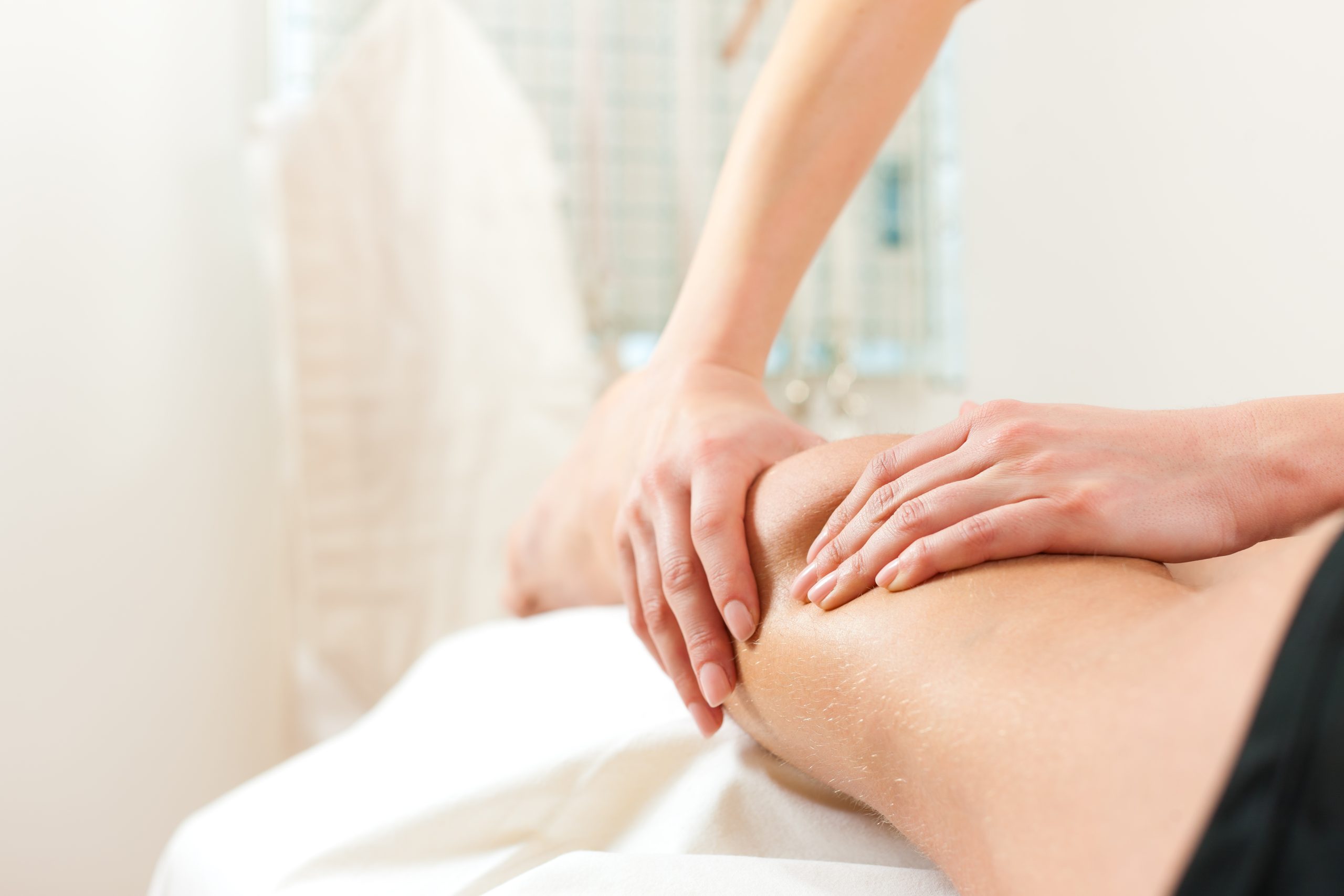
Lymphedema is a chronic condition that often goes unnoticed until it significantly impacts an individual’s quality of life. This condition results from a compromised lymphatic system, leading to the accumulation of lymphatic fluid in the interstitial spaces, causing swelling and discomfort.
The lymphatic system
To comprehend lymphedema, it’s crucial to understand the lymphatic system, a complex network of vessels, nodes, and organs that play a vital role in maintaining fluid balance and supporting the immune system. The lymphatic system transports lymph, a clear fluid containing white blood cells, throughout the body, filtering and draining excess fluid from tissues.
Causes
Lymphedema can be classified into primary and secondary forms. Primary lymphedema is rare and often arises from developmental abnormalities in the lymphatic system. Secondary lymphedema, on the other hand, is more common and typically occurs as a result of damage or obstruction to the lymphatic vessels or nodes. Common causes of secondary lymphedema include surgery, radiation therapy, trauma, infections, and certain medical conditions.
Symptoms
The hallmark symptom of lymphedema is persistent swelling in a particular part of the body, most commonly in the arms or legs. This swelling can range from mild to severe and may be accompanied by a feeling of heaviness or tightness in the affected limb. Other symptoms include decreased flexibility, discomfort, and an increased susceptibility to infections in the affected area.
Diagnosis
Diagnosing lymphedema involves a comprehensive evaluation of medical history, symptoms, and physical examination. Imaging studies such as lymphoscintigraphy or ultrasound may be employed to assess the lymphatic system’s functionality and identify blockages or abnormalities. Early diagnosis is crucial to prevent complications and initiate timely intervention.
Living with lymphedema
Managing lymphedema requires a multidisciplinary approach, involving healthcare professionals such as lymphedema therapists, physical therapists, and physicians. Lifestyle modifications, such as maintaining a healthy weight, practicing good skin hygiene, and avoiding tight clothing, can help alleviate symptoms. Compression garments and exercises tailored to enhance lymphatic flow are integral components of a comprehensive treatment plan, as well as manual lymphatic drainage which can be performed by a massage therapist.
Treatment options
While there is no cure, various lymphedema treatment options aim to manage symptoms and improve overall well-being. Compression therapy, through specialized garments or bandages, helps reduce swelling by promoting fluid drainage. Manual lymphatic drainage, a gentle massage technique, aids in redirecting lymphatic fluid and preventing further accumulation. In some cases, surgical interventions may be considered to improve lymphatic flow or remove excess tissue.
Prevention
Preventive measures are crucial for individuals at risk of developing lymphedema, particularly those undergoing cancer treatments or surgeries. These measures include meticulous skincare to prevent infections, avoiding trauma or injury to the affected area, and incorporating regular exercise into one’s routine to promote healthy lymphatic flow.
Lymphatic massage at Prana Endura
At Prana Endura, we offer manual lymphatic drainage massage, very light pressure massage aimed at promoting the flow of the lymphatic system. Helps to alleviate symptoms of lymphedema and some evidence suggests it can be a useful overall immune system boost.
